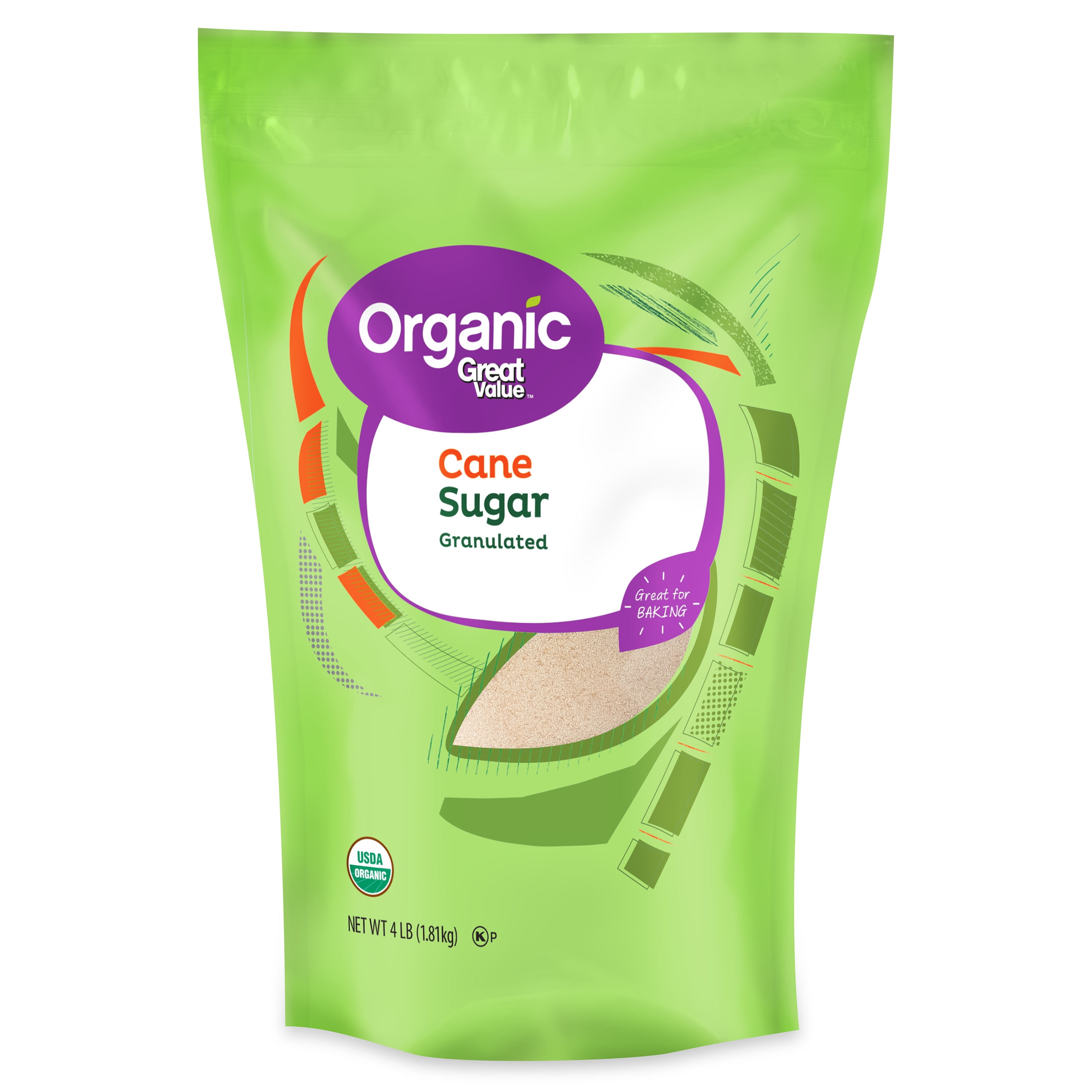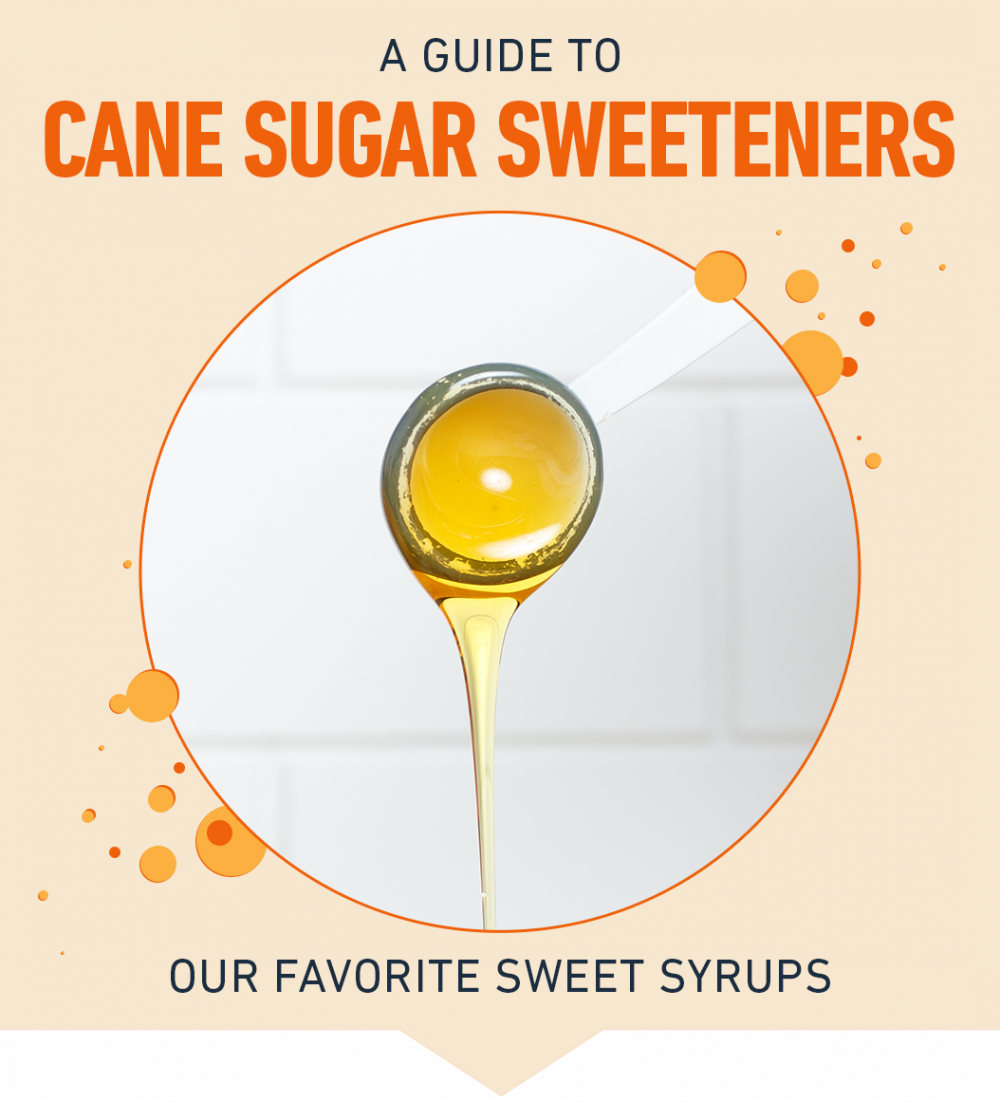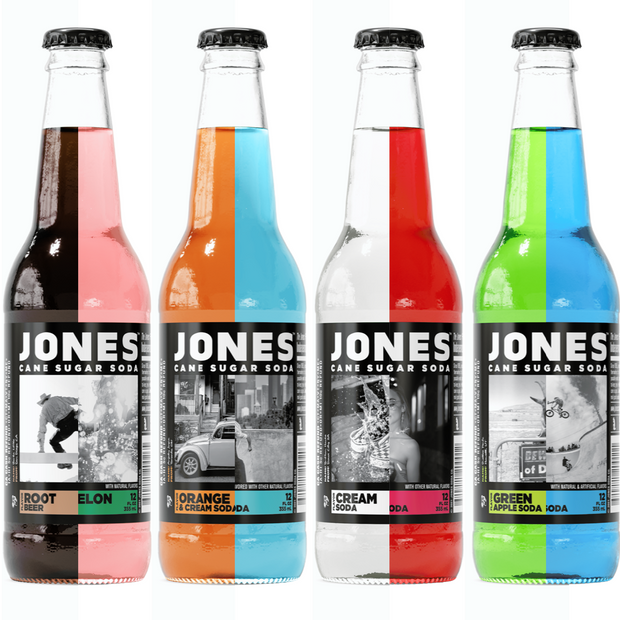The Journey of Cane Sugar Processing: From Harvest to Crystals
The Journey of Cane Sugar Processing: From Harvest to Crystals
Blog Article
Discovering the Comprehensive Steps Included in Walking Cane Sugar Processing From Harvesting to Improvement
The procedure of cane sugar manufacturing includes a series of elaborate steps, starting with the mindful harvesting of sugarcane and culminating in the refinement phases that ensure the last product fulfills industry criteria. Each phase, from the removal of juice to the purification and formation processes, plays an important duty in identifying the top quality and character of the sugar.
Harvesting Sugarcane
Gathering sugarcane is an essential step in the walking cane sugar handling chain, as it straight influences the high quality and return of the end product. Correct timing and strategies are important during this phase to make sure optimum sugar web content and reduce losses. Normally, sugarcane is collected when it gets to maturity, typically 12 to 18 months after planting, characterized by a high sucrose focus.

Post-harvest, the sugarcane has to be processed promptly to stop sucrose destruction. Preferably, harvested cane should be delivered to refining facilities within 24 hours to protect sugar high quality. Consequently, effective logistical planning is critical to preserve the stability of the collected crop throughout the supply chain.
Extraction Process

The crushed walking cane undergoes a collection of pushing operations to maximize juice recovery. Normally, warm water is sprayed onto the smashed cane, creating a countercurrent flow that helps dissolve the sugar while likewise assisting in the extraction process. The juice accumulated from this operation has not just sugar but likewise numerous natural compounds and pollutants.

To improve extraction efficiency, some centers may use diffusion methods, where the sugarcane is taken in hot water, permitting the soluble sugars to diffuse right into the fluid. The resulting juice, rich in sucrose, is after that directed to subsequent processing stages, laying the foundation for filtration and improvement. The extraction procedure is thus pivotal in identifying the high quality and yield of the final sugar product.
Filtration Methods
The purification strategies used in cane sugar processing are crucial for changing the raw juice right into a high-grade sugar item. These approaches mainly intend to get rid of impurities, such as dirt, plant products, and inorganic materials, which can detrimentally affect the end product's taste and color.
Among one of the most usual filtration techniques is information. This process entails adding lime and warmth to the raw juice, which assists in the coagulation of contaminations. The resulting precipitate is after that eliminated via sedimentation or purification, producing a more clear juice. Additionally, the use of phosphoric acid can improve the information procedure by more binding contaminations.
One more substantial method is carbonatation, where carbon dioxide is introduced to the cleared up juice. This response produces calcium carbonate, which catches remaining impurities and promotes their elimination.
Furthermore, triggered carbon treatment may be related to adsorb any continuing to be colorants and organic impurities, guaranteeing a much more refined product. The combination of these approaches efficiently prepares the sugar juice for subsequent action in the refining process, setting the stage for the production of top quality cane sugar.
Condensation Techniques
After the purification phase, the following crucial action in walking cane sugar handling entails crystallization approaches, which play a crucial role in changing the clarified juice right into solid sugar. This process usually uses two main techniques: spontaneous formation and regulated formation.
In spontaneous condensation, supersaturated sugar services are permitted to cool normally, leading to the formation of sugar crystals in time. This approach is easier yet may cause irregular crystal sizes and lower purity levels. On the various other hand, regulated formation is an extra specific method where temperature, seeding, and concentration agents are diligently taken care of. This technique permits for the consistent development of sugar crystals and higher purity.
Throughout formation, the clarified juice is focused via dissipation, increasing its sugar content till it gets to supersaturation. As soon as this factor is attained, either technique can help with the crystallization process. Cane Sugar Processing. The resultant sugar crystals are after that separated from the continuing to be syrup through centrifugation
Inevitably, the selection of crystallization method impacts the high quality, dimension, and pureness of the final sugar item, making this action important in the total walking stick sugar processing procedure.
Improvement and Packaging
How can the purity and high quality of cane sugar be even more boosted after formation? The refinement procedure plays a crucial duty in achieving top notch walking cane sugar.
Following, the sugar is subjected to a procedure called centrifugation, where it is spun at high rates to divide the detoxified sugar crystals from the remaining fluid. useful reference After centrifugation, the sugar is often more refined through a technique called carbonization or phosphatation, which uses activated carbon or phosphoric acid to get rid of shade and off-flavors.
Once refined, the sugar is dried to attain the preferred moisture material, making certain that it stays secure throughout storage and transport. The last step entails packaging the refined sugar in moisture-proof and impermeable containers to keep its top quality and prevent contamination. find more Cane Sugar Processing. Correct packaging not only prolongs service life but also helps with very easy handling and distribution, making sure that customers obtain sugar that fulfills the highest possible criteria of purity and quality
Conclusion
The comprehensive actions included in cane sugar processing, from the careful harvesting of sugarcane to the elaborate improvement and product packaging stages, underscore the relevance of each phase in making sure top quality sugar manufacturing. Optimal harvesting techniques, reliable removal techniques, and strenuous purification procedures jointly add to the last item's pureness and stability. The crystallization and subsequent packaging methods even more enhance the honesty and rack life of the sugar, highlighting the complexity and precision fundamental in this crucial farming industry.
The process of cane sugar production incorporates a series of intricate steps, beginning with the careful harvesting of sugarcane and culminating in the improvement stages that guarantee the final product satisfies market requirements. Ideally, harvested walking cane must be transported to processing centers within 24 hours to protect sugar quality.In spontaneous formation, supersaturated sugar solutions are enabled to cool down normally, leading to the development of sugar crystals over time - Cane Sugar Processing. The improvement process plays an essential function in achieving high-quality walking stick sugar.The detailed actions involved in walking stick sugar handling, from the precise harvesting check out this site of sugarcane to the complex improvement and product packaging stages, emphasize the relevance of each stage in ensuring premium sugar production
Report this page